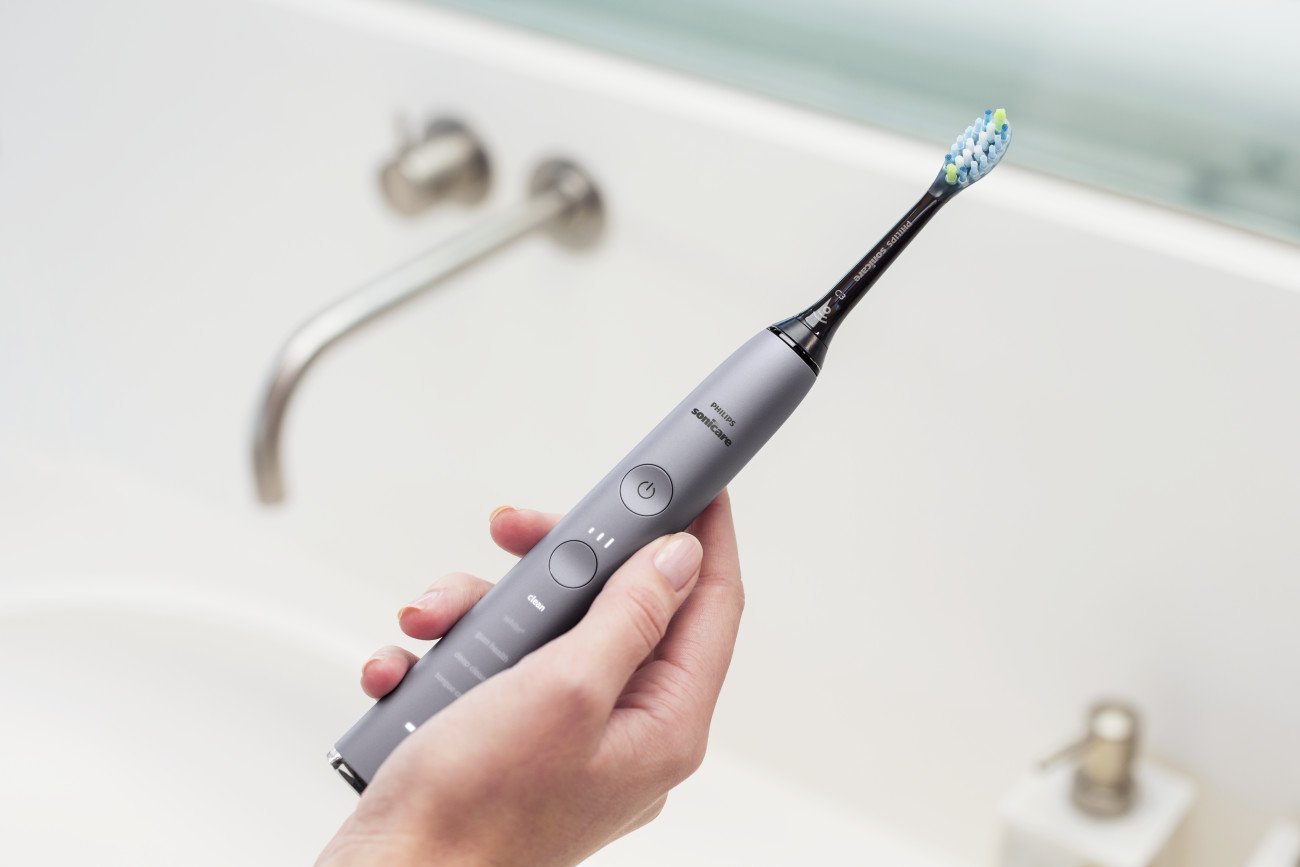
Can children use electric toothbrushes?
Introduction
Electric toothbrushes offer several benefits for oral hygiene, but it’s important to consider their suitability for children. Using an electric toothbrush can be safe and beneficial for children, provided certain factors are taken into account. In this article, we will explore the use of electric toothbrushes for children, including age considerations, benefits, parental supervision, brushing techniques, and tips for introducing electric toothbrushes into a child’s oral care routine.
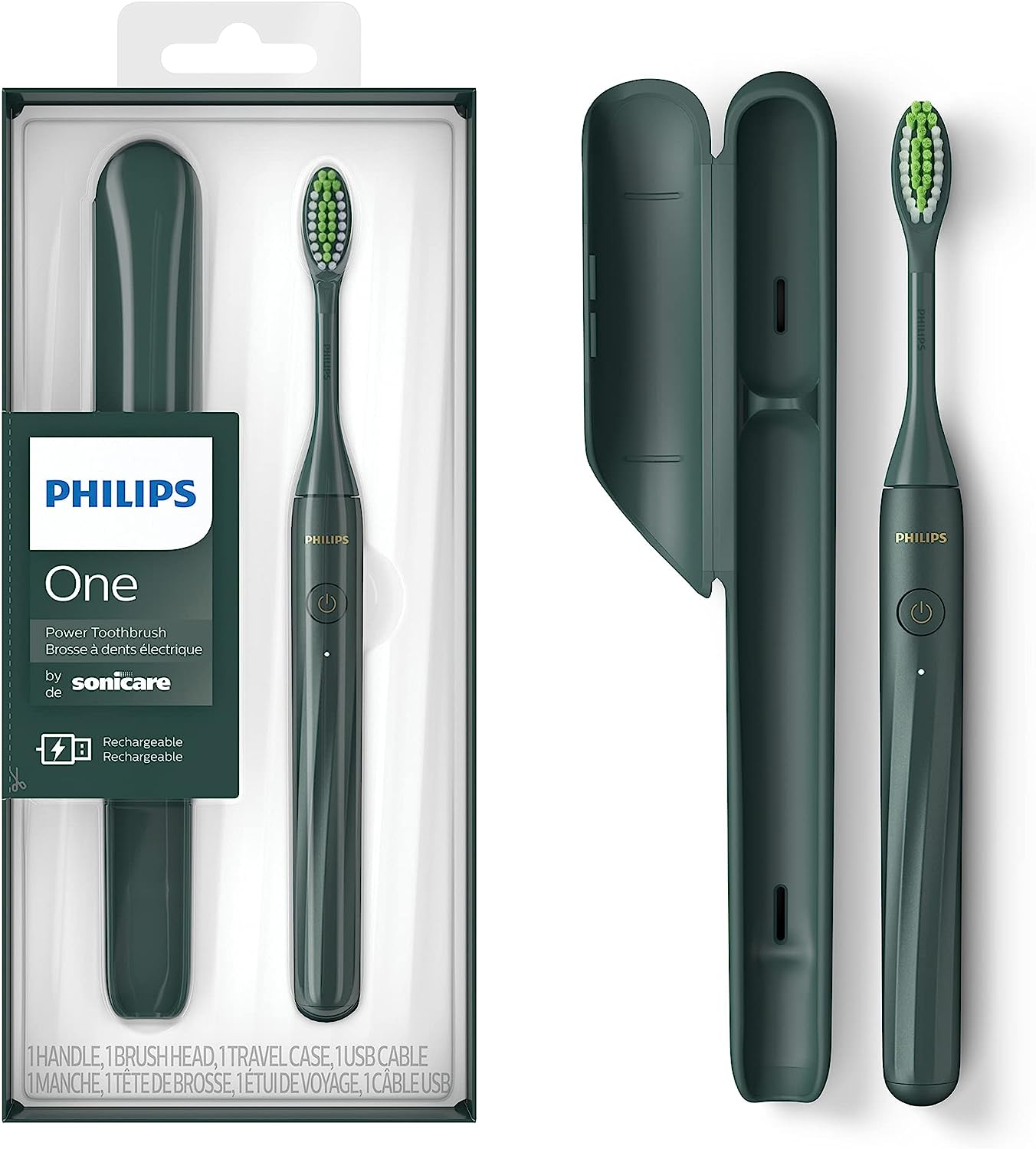
Can children use electric toothbrushes?
Age considerations
When considering the use of electric toothbrushes for children, age plays a significant role. Consider the following factors:
Motor skills: Children need to have developed sufficient motor skills to hold and maneuver an electric toothbrush effectively. Most children around the age of 3 or 4 have developed the necessary dexterity to use an electric toothbrush.
Understanding and compliance: Children should have a basic understanding of the purpose of brushing, the importance of oral hygiene, and the ability to follow simple instructions. This understanding and compliance contribute to effective brushing techniques and optimal oral care.
Parental supervision: Even if a child is capable of using an electric toothbrush independently, parental supervision is essential to ensure proper technique, safety, and adequate brushing time.
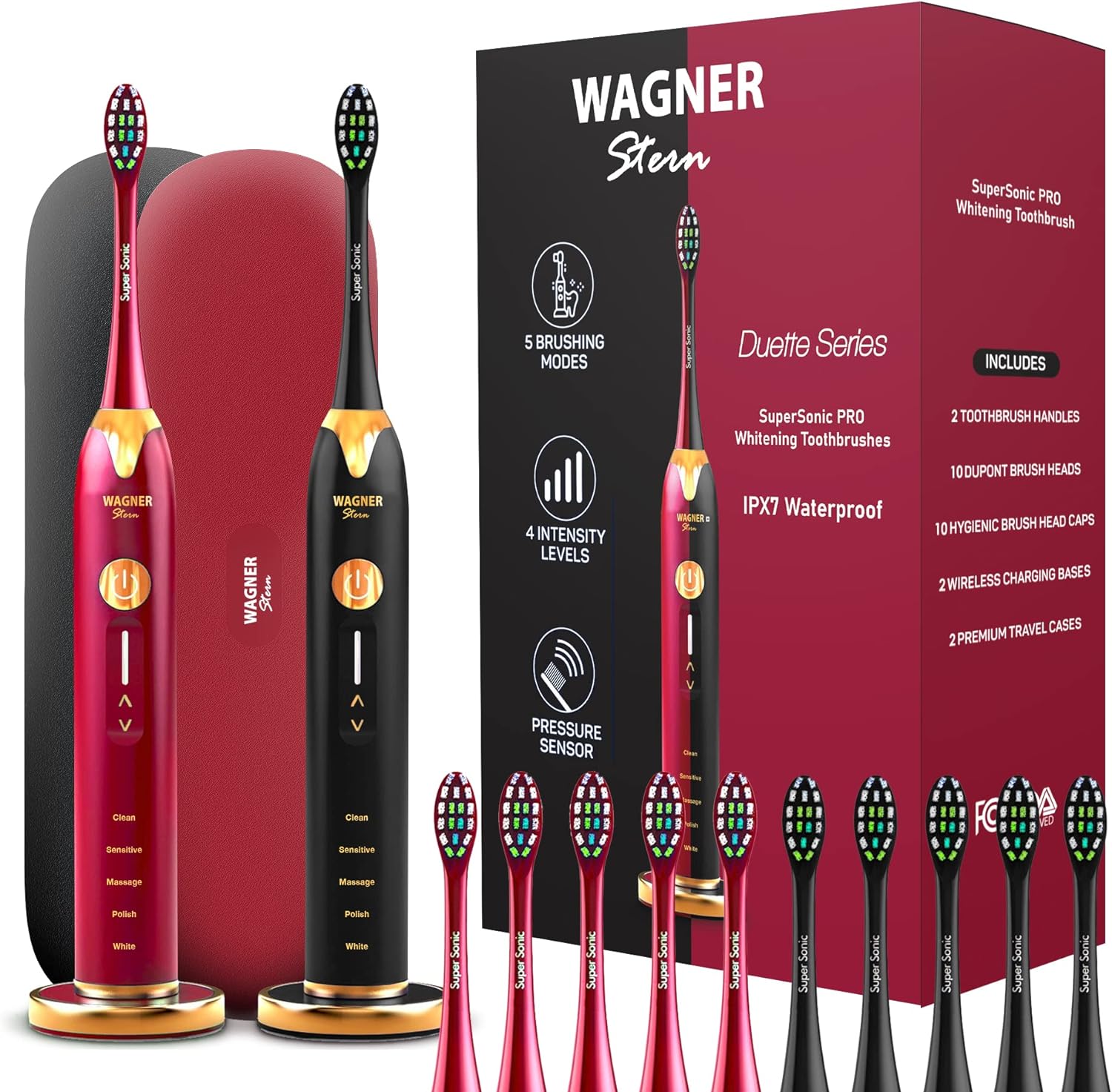
Benefits of electric toothbrushes for children
Using an electric toothbrush can offer several benefits for children’s oral health. Consider the following advantages:
Enhanced cleaning efficiency: The vibrating or rotating action of an electric toothbrush can provide a more thorough cleaning compared to manual toothbrushes. This can result in the removal of more plaque and debris, reducing the risk of tooth decay and gum disease.
Motivation and engagement: Electric toothbrushes often feature colorful designs, appealing characters, or interactive features that can make brushing more enjoyable for children. This can help motivate them to brush regularly and maintain good oral hygiene habits.
Timer and pressure sensors: Many electric toothbrushes come with built-in timers and pressure sensors. These features can help children brush for the recommended two minutes and apply appropriate pressure while brushing, ensuring a consistent and effective oral care routine.
Parental supervision and involvement
Parental supervision and involvement are crucial when children use electric toothbrushes. Consider the following points:
Initial introduction: Introduce the electric toothbrush gradually, explaining to your child how it works and why it is important for their oral health. Demonstrate the proper technique and assist them in their first few brushing sessions.
Brushing together: Brushing alongside your child can reinforce good brushing habits and provide an opportunity for parental supervision. This allows you to guide your child’s technique and ensure that they are brushing all surfaces of their teeth effectively.
Assistance as needed: Depending on your child’s age and motor skills, they may require varying levels of assistance. Younger children may need help with proper handling and cleaning all areas of their mouth.
Monitor brushing time: Ensure that your child brushes for the recommended two minutes. You can use a timer or play a song that lasts for two minutes to help them gauge the appropriate duration.
Regular check-ins: Consistently monitor your child’s brushing routine to ensure they are using the electric toothbrush effectively and maintaining good oral hygiene habits.
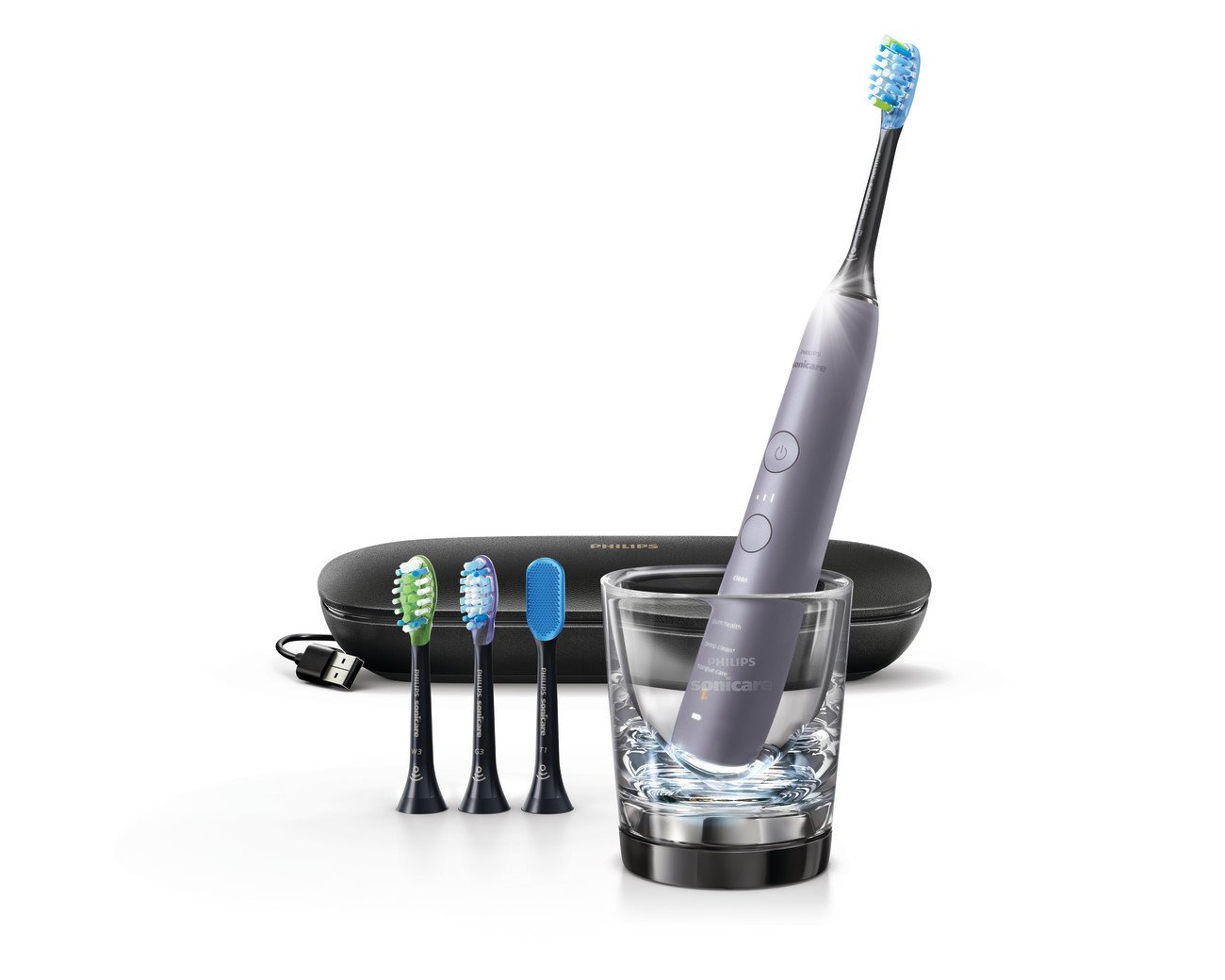
Brushing technique for children
Teaching children the proper brushing technique is important to ensure effective plaque removal and optimal oral health. Consider the following steps:
Use a pea-sized amount of toothpaste: Remind your child to use a small amount of toothpaste suitable for their age. For children under the age of 3, use a smear of toothpaste, and for older children, a pea-sized amount is sufficient.
Hold the toothbrush at a 45-degree angle: Teach your child to hold the electric toothbrush at a 45-degree angle towards the gumline. This allows the bristles to reach both the teeth and gums effectively.
Gentle circular motions: Encourage your child to move the brush head in gentle, circular motions along the surfaces of their teeth. Emphasize the importance of covering all areas, including the front, back, and chewing surfaces of the teeth.
Pay attention to the gumline: Instruct your child to focus on cleaning along the gumline, where plaque tends to accumulate. Remind them to angle the brush head towards the gums and make gentle, circular motions along this area.
Spit, but don’t rinse: Teach your child to spit out the toothpaste after brushing, but advise against rinsing with water immediately after. This allows the fluoride in the toothpaste to remain on the teeth for better protection against cavities.
Regular replacement of brush heads: Just like with manual toothbrushes, the brush heads of electric toothbrushes need to be replaced regularly. Follow the manufacturer’s recommendations, typically every three to four months, or sooner if the bristles appear worn or splayed.
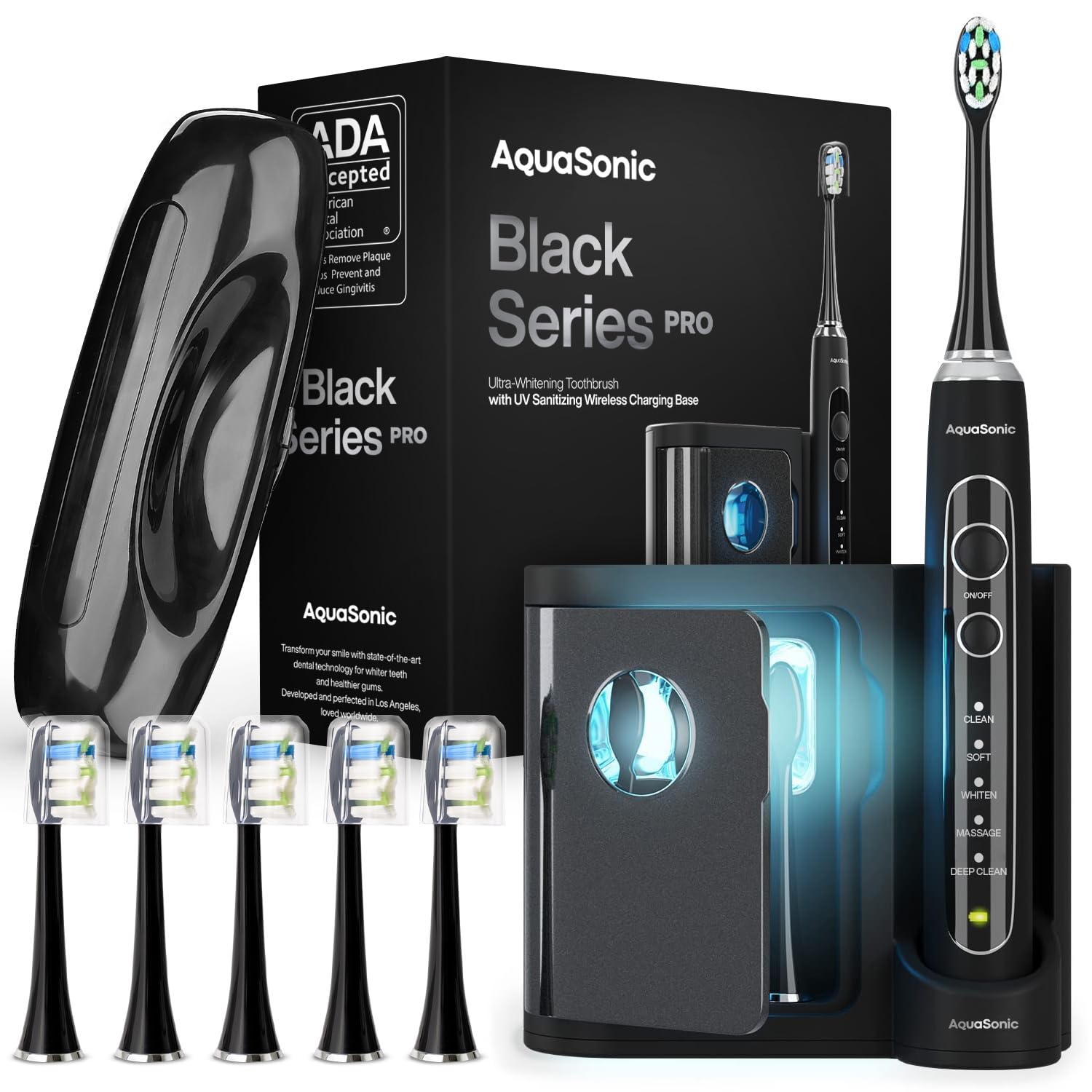
Tips for introducing electric toothbrushes
When introducing electric toothbrushes to children, consider the following tips for a smooth transition:
Let your child choose: Involve your child in the selection process by allowing them to pick an electric toothbrush with a design or character that appeals to them. This can help increase their enthusiasm and engagement with brushing.
Make it a fun experience: Create a positive and engaging environment around brushing by playing their favorite song or using a timer with a fun alarm. This can make brushing more enjoyable and help establish good habits.
Gradual transition: If your child is used to a manual toothbrush, introduce the electric toothbrush gradually. Start by using the electric toothbrush for a portion of their brushing routine and gradually increase the usage over time.
Reinforce good oral hygiene habits: In addition to using an electric toothbrush, emphasize the importance of flossing, regular dental check-ups, and a healthy diet for maintaining good oral health.
Monitor usage: Keep an eye on your child’s brushing routine to ensure they are using the electric toothbrush correctly and for the recommended duration. Provide guidance and reinforcement as needed.
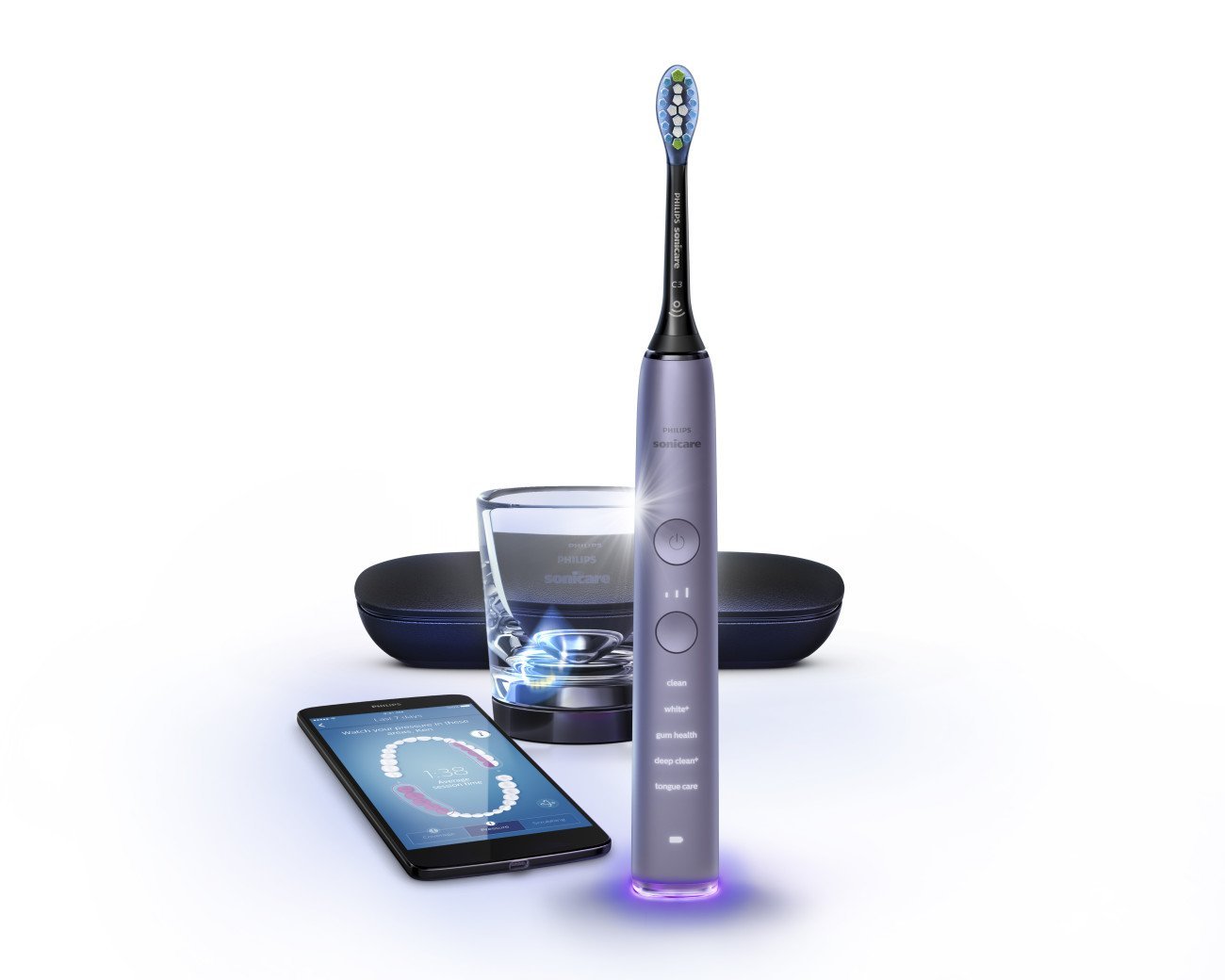
Conclusion
Electric toothbrushes can be a valuable tool for children’s oral health when used appropriately and with parental involvement. Consider your child’s age, motor skills, and understanding when introducing an electric toothbrush. Supervise their brushing routine, provide guidance on proper technique, and ensure they brush for the recommended two minutes. Electric toothbrushes offer enhanced cleaning efficiency, motivation, and parental oversight, contributing to improved oral health for children. By incorporating these considerations and tips into your child’s oral care routine, you can help them establish good brushing habits, maintain optimal oral health, and set the foundation for a lifetime of healthy smiles.




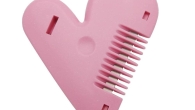
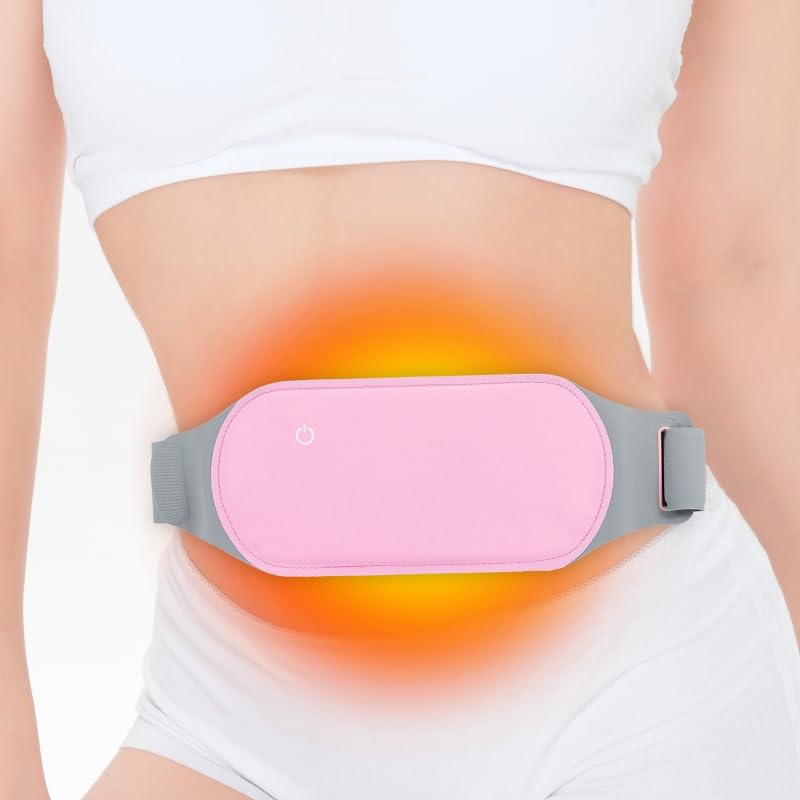

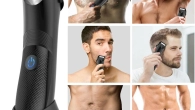
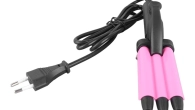
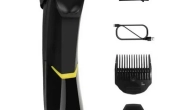
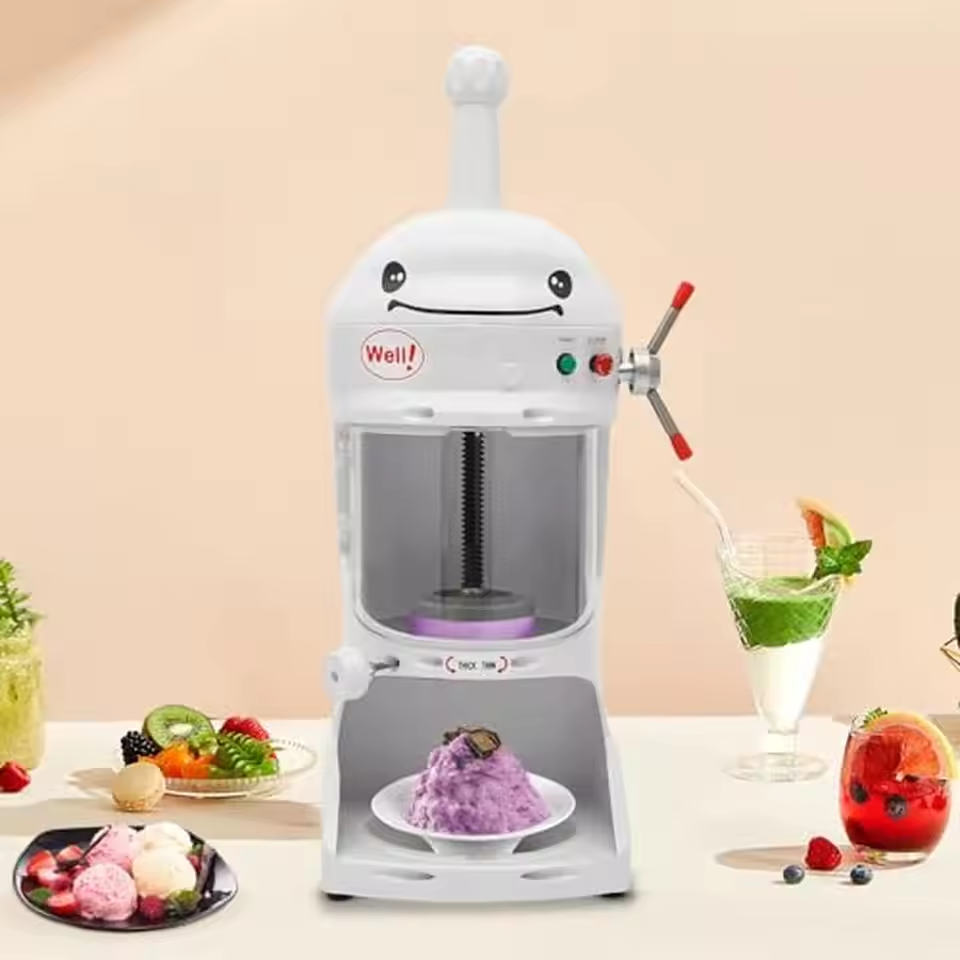

Leave a Reply
You must be logged in to post a comment.